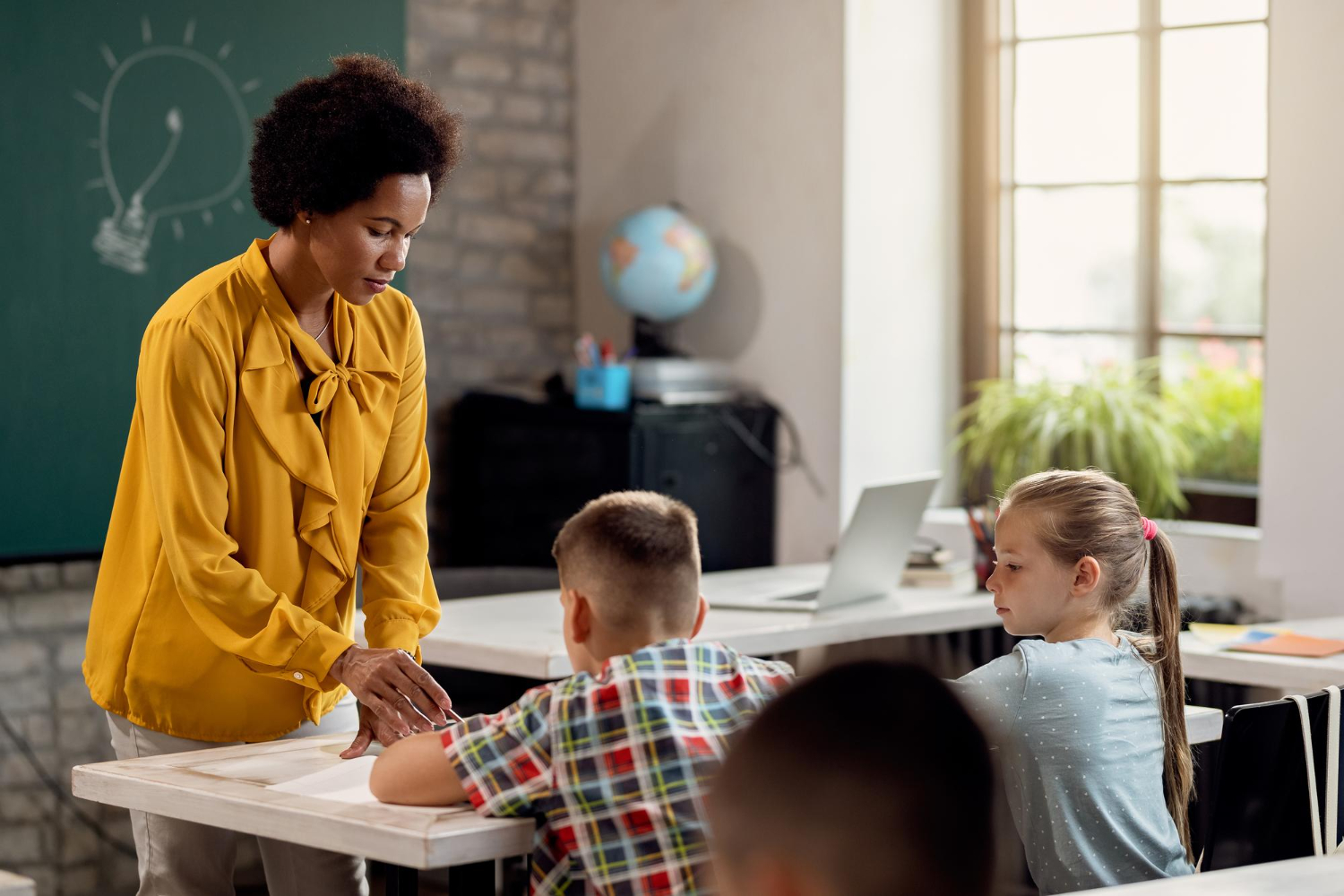
Recently, a video surfaced featuring a teacher, known as @yourteachingbestie on social media, guiding a student through a process of emotional regulation. The internet’s response has been varied, showcasing the diversity of opinions on the approach. In less than a minute, the teacher wears the hats of a therapist, life coach, cheerleader, and more, showcasing the various responsibilities educators undertake.
How the Teacher Helped
In the video, the teacher addresses a student who is visibly upset. She begins by asking the child about the cause, aiming to understand the root of the problem. Through a series of questions, she guides him towards acknowledging that he cannot control others but can control his own emotions. This method emphasizes personal agency and truth, laying the foundation for emotional regulation.
While some critics argue the teacher didn’t explicitly validate the student’s emotions, one expert, Scott Roth, PsyD, suggests that validation takes various forms. The teacher maintains a calm and direct tone, staying connected with the student throughout the interaction. Dr. Roth emphasizes the importance of identifying the specific emotion, acknowledging that some children may benefit from hearing explicit validation, such as that of understanding.
Breathing Techniques and Distractions
The teacher introduces the concept of pretzel breaths, a playful breathing technique to help the student calm down. Dr. Roth applauds this approach, highlighting the effectiveness of such techniques in regulating both body and mind.
The video concludes with a light-hearted dance, bringing levity to the situation and providing a transitional activity for the student to return to regular activities. While opinions on sharing such interactions online may differ, the video serves as a valuable resource for educators seeking effective tactics to support their students emotionally.
Teachers as Emotional Nurturers
The role of teachers as mentors and emotional supporters is huge. As per a survey conducted on Verywell Mind, more than 80% of teachers feel responsible for their students’ mental health because of this sense of responsibility. The role of a teacher often extends beyond teaching as they become emotional pillars to the learners.

Whether or not one agrees with the exact methods this teacher used, no one can deny the importance of helping kids learn how to feel their emotions healthily and to calm themselves down. And whether teachers like it or not, they’re the ones who spend the most time with kids and often the ones who can best help.